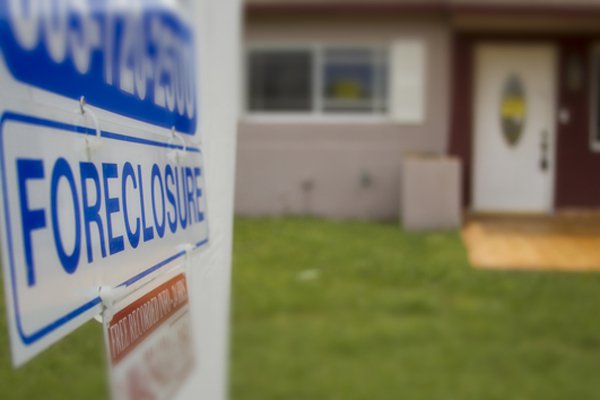Distressed CA Homeowners Have Only Seen 20% of $2 Billion Housing Aid

 DavidPino Photography // Shutterstock.com
DavidPino Photography // Shutterstock.com
With existing-home sales and prices surging, once-dour housing analysts now glow about the return of a linchpin for the economy and one of the most-watched barometers for the recovery.
National Public Radio aired a newscast that positively beamed about the rebound in early August, trumpeting stats that home construction jumped more than 20 percent from a year ago.
According to the National Association of Realtors, existing-home sales — completed transactions for single-family homes, condos, and townhouses — shot up by 6.5 percent to crest at a seasonally adjusted annual rate of 5.39 million in July.
Add to that the good news for other gauges — with S&P/Case-Shiller indices showing that home prices rose 12.1 percent year-over-year in June — and it would seem that the all-important housing market has finally turned a corner 4 years after it went belly up.
What role did federal aid injections play in housing’s slow return? Recent reports suggest it varies at best.
President Barack Obama helped pass legislation in 2010 that extended his Republican predecessor’s Troubled Asset Relief Program (TARP) to include an 18-state, $7.6-billion Hardest-Hit Fund. The program was designed to keep struggling homeowners in their homes and prevent new foreclosure gluts unhelpful to home construction.
However, federal housing aid remains trapped behind red tape and still-high eligibility requirements, according to analysis by USA Today, which found that only 16 percent of the funds have reached homeowners in need of mortgage unemployment assistance and payment reductions.
California — one of the nation’s hardest-hit states, with one in every 901 homeowners facing foreclosure, according to RealtyTrac — has been granted the most of any state with nearly $2 billion in aid disbursements. Of that, 36.6 percent has been funneled through the system and reached state and nonprofit coffers.
But, how much of that have California homeowners actually seen? Not much.
The CalHFA Mortgage Assistance Corporation (CalHFA MAC), the nonprofit tasked with reviewing applicants for eligibility and working with mortgage servicers to make homes more affordable, reports that it has doled out close to $382 million in assistance to 26,242 homeowners since it secured its tax-exemption status.
This means distressed homeowners in California have only seen 20 percent of their $2 billion in federal aid from the Hardest-Hit Fund.
It’s not a far cry from other states. By comparison, the Reno-Gazette Journal recently discovered that homeowners in neighboring Nevada, which weathered the worst of the housing crisis, have netted only 11 percent of its own, much smaller $194 million allocation so far.
“This is government bureaucracy at its finest,” the Journal quoted Victor Joecks, communication director for the Nevada Policy Research Institute, a conservative think tank.
Joecks called the programs “a perfect example of why government shouldn’t pick winners and losers in the economy.”
To be fair, a lot depends on variables typically out of control for the nonprofit execs and staffers charged with processing homeowner applications.
Large mortgage servicers like Bank of America and Chase, responsible for bad loans and properties, must agree to the form of assistance before anything is spent.
Case in point, CalHFA provides a disclaimer with its servicer list that says Bank of America will only participate in loan recasts for principal reductions — a controversial program that critics say helps needy homeowners, but also weaken the bottom lines of banks and government-backed enterprises like Fannie Mae and Freddie Mac.
The Journal quoted executive directors for Nevada’s hardest-hit fund nonprofit as pointing to frequently problematic barriers, including lack of awareness and high borrower eligibility requirements.
However, slow-moving aid recalls efforts by lawmakers and analysts to resist stimulus legislation like the Hardest-Hit Fund in the first place.
Even if the funds remain out of reach for distressed homeowners, it seems to be costing Americans less on the whole. The nonpartisan Congressional Budget Office estimated that TARP's transactions would fall $3 billion less than its $24 billion forecast earlier in 2013.
Only time will tell if it helps the housing recovery.



